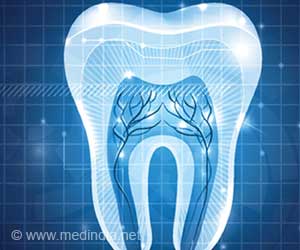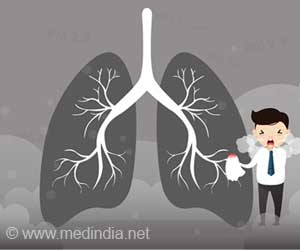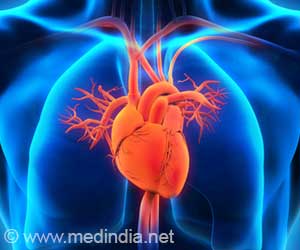Hypertension is caused not only by what you eat but also by the natural process of metabolization after you eat.
- Natural metabolism by bacteria in the gut can cause hypertension.
- When gut bacteria break down androgen, the end result is a molecule called GALF, which disrupts sodium transport out of human kidney cells.
- Hypertension occurs when sodium transport out of human kidney cells is blocked.
Jason Ridlon, an assistant professor in the Department of Animal Sciences at U of I, first discovered the gene for an enzyme in certain bacteria that changes cortisol, a steroid hormone, into another steroid known as an androgen.
Supporting Experiment - from Mice to Human
When gut bacteria were killed off with antibiotics, patients with hypertension saw a drop in blood pressure. And when gut bacteria were transplanted from hypertensive people into normal mice, they developed high blood pressure.
Why Hypertension Occurs to Some and Not to Others
To maintain normal blood pressure, a particular receptor has to bind with a molecule called aldosterone and then move into the cell nucleus. That sparks a cascade of reactions whose end-product is a protein that manages normal sodium and potassium transport into and out of the cell. But the receptor can be fooled, binding to cortisol instead of aldosterone. If that happens, as it does in rare individuals with a disease called apparent mineralocorticoid excess (AME), the cascade of reactions goes into hyperdrive. Sodium is imported faster than it can be exported, and the cell begins to swell into a dangerous hypertensive state.
In normal individuals, an enzyme called 11HSD2 acts as the guardian of that receptor, keeping cortisol from binding by changing it to cortisone. GALFs - and there are a number of them - stop 11HSD2 from working. Cortisol floods the receptor binding sites, and hypertension ensues as previously described.
"There are probably multiple mechanisms through which gut bacteria can affect hypertension, but this is one that needs to be pursued," Ridlon says.
"Two people might have the same amount of the bacterium Clostridium scindens, for example, but one person might have the type that has the pathway for generating these steroids. You can only tell by quantifying the genes, but we have to find them first," Ridlon says.
The hope is that one day the research will lead to a drug therapy to combat hypertension. Ridlon says if they are better able to understand what the bacteria are doing, it would be possible to develop inhibitors of the enzymes that produce GALFs in these bacteria. "It would be great if we could find a targeted solution instead of wiping out everything with antibiotics," he says.
References:
- David J. Morris and Jason M. Ridlon, Glucocorticoids and gut bacteria: “The GALF Hypothesis” in the Metagenomic Era, Science Dirent (2017) http://dx.doi.org/10.1016/j.steroids.2017.06.002
Source-Eurekalert
















